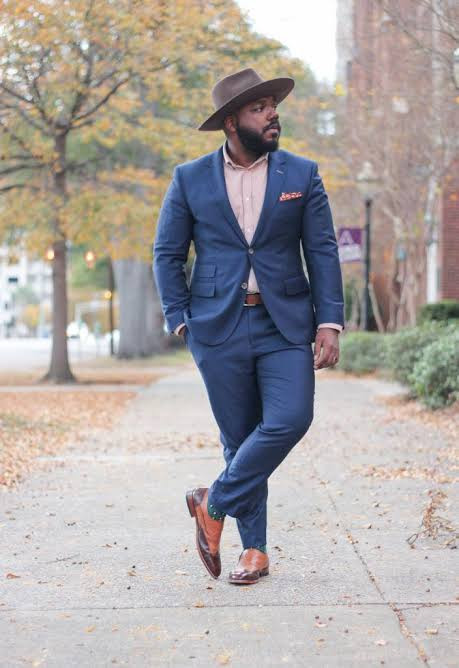What is happening to Men's fashion Market?
Ogunmola Oluwaseyi
- Post By Ogunmola Oluwaseyi
- 2 years ago

Times are getting tougher for the men’s branded market. Where a teenage guy in the 1990s would have spent his first wage packet on a pair of Armani Jeans, his equivalent today is buying the latest pair of trainers or hyped piece of sportswear. Fashion has also moved up a level with the prices to match. A young man buying a ‘designer’ Lacoste polo shirt in the 1990s, today, his equivalent will be spending a month’s wages and aspiring to own brands like Valentino and Balenciaga.
While the men’s branded stores have continued to service its original customers, many of whom are now in their 40s and 50s, they haven’t kept pace with younger generations. The branded offer isn’t directional or niche enough for the new wave of younger, savvy menswear consumers. This has played out in the popularity and expansion of larger chains like Flannels and USC, taking higher fashion to Britain’s high-streets and offering larger ranges with more labels to suit a broader range of tastes. Fashion for Instagram rather than the pub.
There is worrying a lack of growth in the men’s market overall.
Many of these retailers are having to absorb higher costs and many of the brands they sell are moving away from wholesale and into DTC, be it in a physical or online capacity.
For example, Ralph Lauren recently announced it had plans to open 250 stores through 2025. The brand recently opened a neighbourhood store at the new Battersea Power Station, a location putting it into direct competition with brands such as GANT and Lacoste. The brands want to control their point of sale and to elevate themselves in the eyes of the consumer.
It could be said that many of these branded menswear retailers were past their sell-by-date. Having started in the 1970s and 1980s, they didn’t move with the times.
While the older branded menswear customer is happy with a perfectly placed monogram or slogan or two, the new customer wants something louder for their money. It’s too jarring to put the two together.
These stores once offered guidance and service, and an introduction to brands. The new generation of men’s consumers already know what they want from social media or the internet. These retailers were born when you had to wear ‘proper’ trousers and leather shoes to get in anywhere past 11pm. It all feels like ancient history now.

